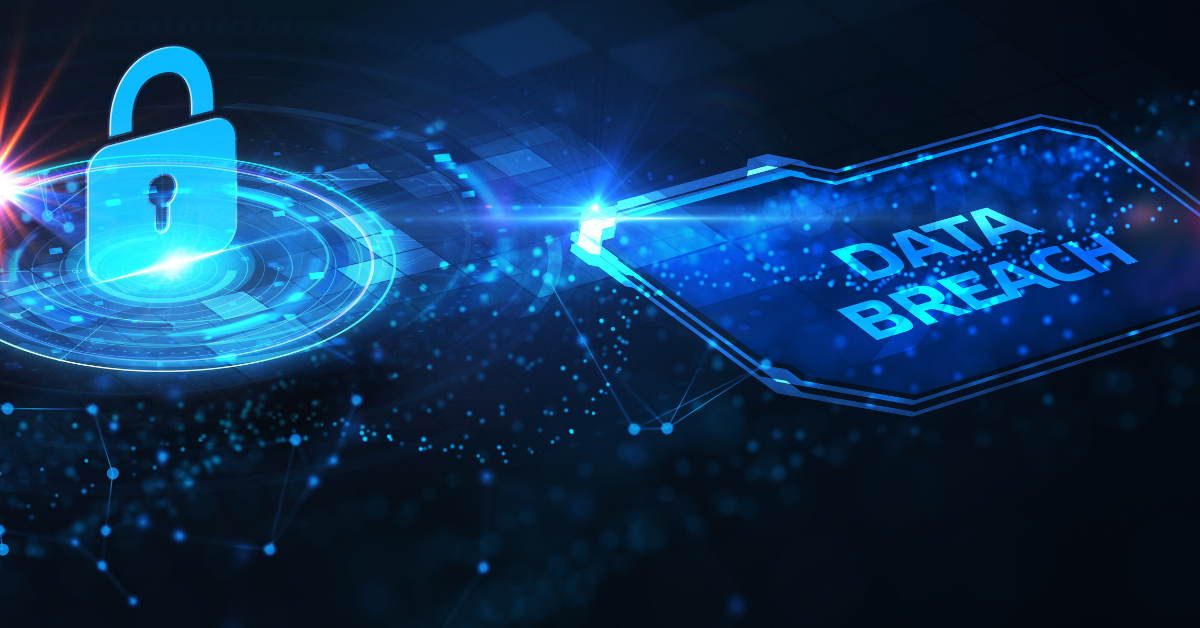There are a variety of angles to cybersecurity, and many approaches to securing your systems and data. When you consider that the elements of a robust overall cybersecurity program include tools and technology, processes, people, and data, it’s clear that only a comprehensive security risk assessment can look at the whole program.
However, the element of tools and technology is the bedrock of any cybersecurity program. And for this element of your program, a security architecture review is a focused, effective way to identify gaps in your security architecture that can put your data and other business assets at risk of hacking and cyber theft.
What is a Security Architecture Review?
 A security architecture review is an assessment of the security and vulnerability of your organization’s security architecture. The components of security architecture range from networks, information systems, servers, routers, and firewalls, to end-user devices such as desktops and laptops, to security software utilities.
A security architecture review is an assessment of the security and vulnerability of your organization’s security architecture. The components of security architecture range from networks, information systems, servers, routers, and firewalls, to end-user devices such as desktops and laptops, to security software utilities.
Some of the things a security architecture review probes for are weaknesses in networks, such as misconfigurations, and exposures due to inadequate access control tools, as two examples. For weaknesses in software management, such as the use of outdated versions or known security bugs. Security operations tools, and the architecture behind cloud applications and virtual private networks (VPNs), will be reviewed. As will servers, including network, web, database, and application servers.
Because security tools and technology advance steadily, it is a security best practice to conduct periodic reviews of your security architecture.
Review Activities
 A security architecture review may encompass a wide range of assessment activities, depending on the size and nature of your company, the extent of your architecture, and the state of your overall cybersecurity program, to name a few factors.
A security architecture review may encompass a wide range of assessment activities, depending on the size and nature of your company, the extent of your architecture, and the state of your overall cybersecurity program, to name a few factors.
Reviews typically require close coordination with your information technology and security staff, who have access to network diagrams, policies and procedures, and other required documentation.
While the activities outlined below are fairly high-level, the list of elements to be reviewed can become as granular as necessary.
- Review and confirm the accuracy of the current network map and topology, including network segmentation.
- Review audit logs, incident logs, and previous security assessments.
- Review and validate current policies and procedures related to security architecture.
- Review network utilities for security weaknesses.
- Review operating system configurations and settings for security weaknesses.
- Leverage automated tools to assess major hardware elements for security risks.
- Test security and access controls for network and information systems, including access for remote employees.
- Test functionality of encryption, antivirus, email, file management, and similar utility software.
- Identify and document security risks deriving from current security architecture, in priority order by severity or potential impact.
- Provide recommendations for remediating risks according to priority.
Based on findings of the completed security architecture review, updates to correct network diagrams, policies and procedures, and other documentation may be suggested. Similarly, new additions to security architecture may be recommended. The objective is to ensure a security architecture that is suitable to the business and its assets.
Four Benefits of a Security Architecture Review
A security architecture review provides at least four benefits for your organization.
- Hardened Security. A review confirms the adequacy of your security architecture and identifies missing components, thereby enabling you to address weaknesses and gaps and harden the overall architecture.
- Fewer Breaches. Acting on the review results in reduced opportunities for unauthorized intrusion, exploitation, and data theft by criminal hackers, which reduces the number of actual breaches of your security architecture.
- Better Compliance. A review facilitates compliance with data security regulations related to security architecture, such as multi-factor authentication requirements by the Payment Card Industry’s Data Security Standard for one, and compliance with best practices requiring network intrusion prevention devices and firewalls, for example.
- Great ROI. By enabling you to avoid unnecessary data breaches by shoring up security architecture, a review delivers an impressive return on your investment, given that the average cost of a data breach topped $4.2 million in 2021.
Summary
Security architecture is the foundation of infrastructure that enables an organization to conduct business, process data, and make decisions in a secure environment. Adequate hardware and utilities, accurate configurations, proper use of network segmentation and system integration techniques, and current documentation are vital to optimal security architecture.
A security architecture review helps ensure that the accepted standards are met and identifies security weaknesses that can put data and other business assets at risk.
If you are currently unable to conduct a security architecture review in-house, due to resource constraints of whatever type, a Virtual CISO can provide expert professional assistance to meet this need. Reach out to the 24By7Security VCISO team to learn more.








.png)
